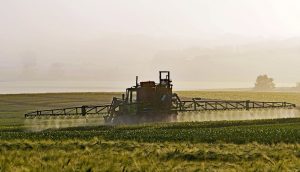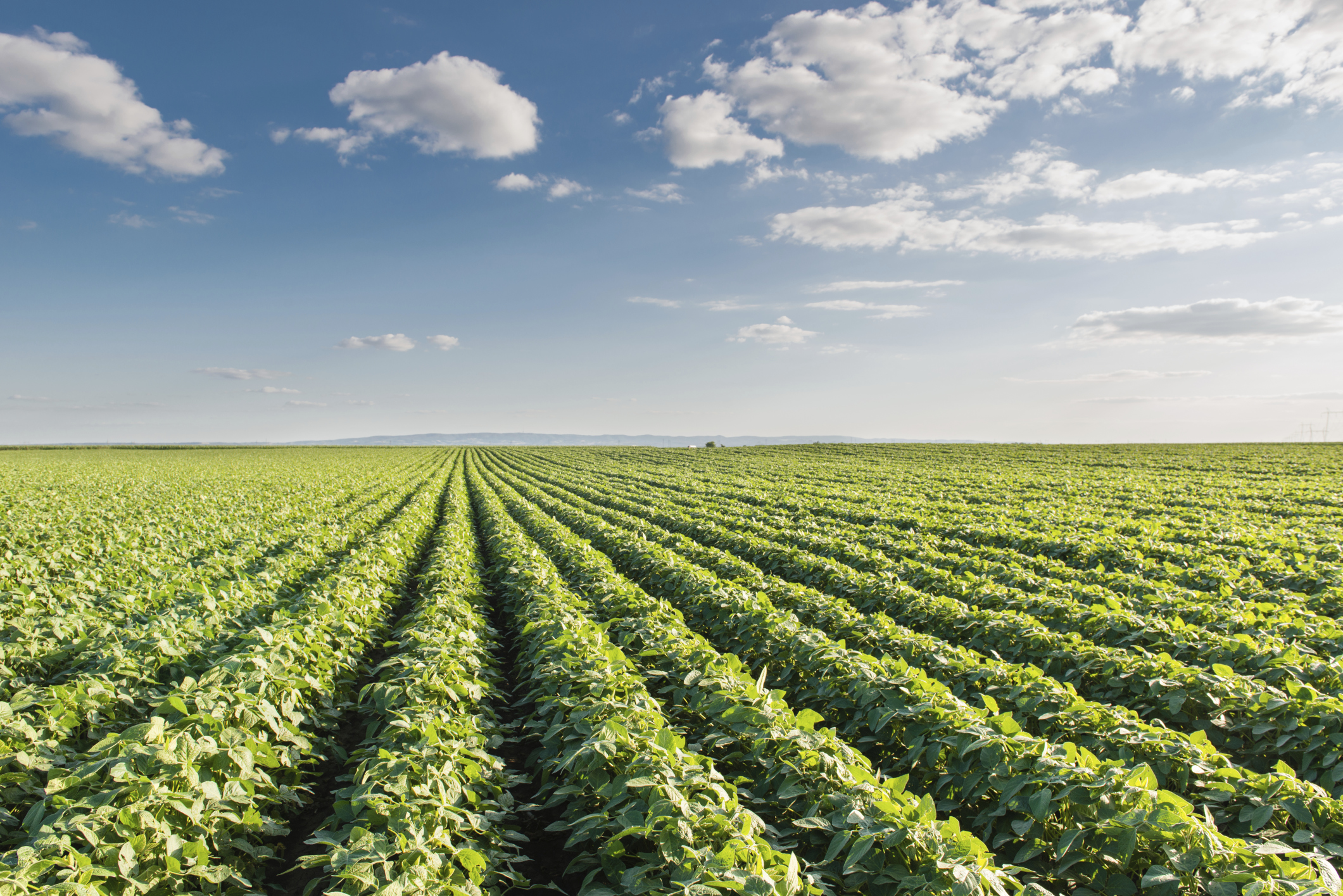
GMOs are a hot topic these days. Get in an argument with someone who’s ‘pro-GMO’, and they’re likely to tell you that we’ve been engineering crop genetics since the dawn of agriculture. This argument certainly has a strain of validity to it. But it fails to account for the fact that GMO transgene technology literally extracts and inserts genes across plant and animal species. In the past, crop breeding has always meant that crops need to be able to reproduce sexually with each other first.
Two undeniable facts are (1) that GMOs are now a large part of our food system – they dominate U.S. acreage for corn, soy, canola, sugar-beet, and cotton – and (2) that consumers were largely unaware and uninvolved in this proliferation. As a result, concerned people ranging from food-conscious parents to large advocacy groups have come to question the safety of the technology and the health impacts of consuming such organisms.
It’s not about science or the technology, it’s how it’s used
Being skeptical about foreign (non-native to a plant species) genetic traits suddenly being put in an ever increasing amount of our food should be considered an understandable attitude, no matter which end of the spectrum one falls along. And yet, the concern over GMOs has created an awkward rift within the environmental and scientific crowd. Environmentalists, especially in the U.S. where there is significant anti-science pushback related to climate change, are used to being on the ‘pro-science’ side. But with GMOs, many environmentalists are painted as arguing ‘against science’ (insomuch as GMOs are a product of science) and are compared to climate-deniers who refuse to accept facts.
The real problem is that people on both ends of the spectrum are looking at the issue from a misguided standpoint. It has nothing to do with the value of science. GMO technology, like 99.9% of all technology, is inherently neither good nor bad. Rather it is how the science and technology is applied in the real world that makes all the difference.
Breeding crops with transgene technology is not necessarily a bad thing, and it does not inevitably produce crops that are unsafe for human consumption. In fact, safety for consumption is just one of the many issues that need to be considered when forming an opinion on any genetically engineered crop.
GMO today means Ht and Bt
The real issue with GMOs to date – besides how few safeguards their approval process entails – is that the technology has been applied with poor foresight by companies seeking short-term profits. The overwhelming majority of genetically engineered crops being grown feature traits that indirectly lead to bad outcomes for the environment, for our health, and for the future of food security. Specifically, these traits are herbicide tolerance (Ht) and insect resistance (Bt).

Herbicide tolerance allows farmers to spray herbicide on their whole crop field and only kill the weeds. In practice, it has led to a rapid increase in herbicide tolerant weeds (thank you Darwin), which in turn triggers more herbicide to be sprayed in what has shaped out to be a pretty vicious cycle. Weed tolerance has gotten so bad in some areas that farmers are having to switch from Roundup to the even more controversial 2,4-D and new crops are being engineered accordingly. And of course, while all this is going on, more and more herbicide is making its way into the environment, into our waterways, and into our bodies.
Insect resistant crops contain a naturally occurring pesticide that releases when a plant is bitten. Besides making life easier for the crops and farmers, this trait does have the added environmental and health benefit of keeping chemical pesticides from being sprayed. The downside, however, is that most of the farmland in the U.S. has become one giant pesticide. From an ecosystem perspective, this poses a significant concern for all the species and ecosystem services that rely on those insects who used to rely on those millions of acres of crop-fields for their survival.
What we need is a new focus
The currently flawed application of GMO technology is really just a part of a much larger problem with conventional agriculture today. Since the “green revolution”, agriculture in the U.S. has become dominated by chemical companies who view the challenges of farmers as challenges against nature. Within this ideology, GMOs have been used to conquer two of nature’s greatest challenges to crop yields: pests and weeds.
What we need now is not an end to GMOs – that is far too simple a remedy. We need to reshape the focus of modern agriculture so that we’re no longer working against nature but with it. Our new system of agriculture should be focused on 3 goals:
- Building richer soils
- Increasing crop nutrition
- Climate change adaptation
Conventional agriculture depletes soils, creating an ever greater need for synthetic chemicals to grow crops. By focusing on soil health, we can create a system in which synthetic Nitrogen fertilizer (the major source of crop-land GHG emissions) is an afterthought, in which water is easily absorbed into soils instead of running off into nearby streams, and in which crops are able to resist pests and outgrow weeds by themselves. Farmer Gabe Brown is a pioneer in this area and does an excellent job speaking about building soil health from his own experiences.
Our current focus is on the quantity, not quality of crops. On of the consequences of this focus in the U.S. is a society plagued by obesity, yet lacking in nutrition. By refocusing on the nutritional value of plants instead of just their yields, we can create a food supply that is high in vitamins and minerals instead of empty calories.
Climate change is going to (and starting to) present a tremendous challenge for agriculture. Some lucky nations, such as Canada, will gain warmer climates that could actually increase their amount of arable land. But a significant portion of the world – parts that already have large issues of food insecurity – will be faced with the increasing challenges of drought and heat stress. To deal with this reality, these areas of the world will need agricultural planning and technology that are tailored to fit their unique socioeconomic circumstances. Focuses on soil health and crop nutrition will be an essential part of this.
Knowing the real enemy is already half the battle
GMOs are not the real enemy. In fact, if the technology is used within this new framework it could be a part of the change. The real enemy is our faulty ideology that places human ingenuity against nature, rather than harnessing the techniques of science and power of technology to work along with it.
Of course, fighting to reshape agriculture is a bit less concrete than fighting to label or ban GMOs. But knowing where the real battle lies is essential to winning the war.
The world doesn’t need 100% organic (and certainly not over night), nor can our entire food supply be grown locally on small farms. But, in a broader context, the Organic and Local Food movements do a good job of incorporating many key aspects of a sustainable agricultural system that uses nature to its advantage – and this is the future that we must fight for.
So next time you hear somebody arguing broadly about GMOs, you can tell them to save their energy, cause there’s a bigger problem to deal with.
